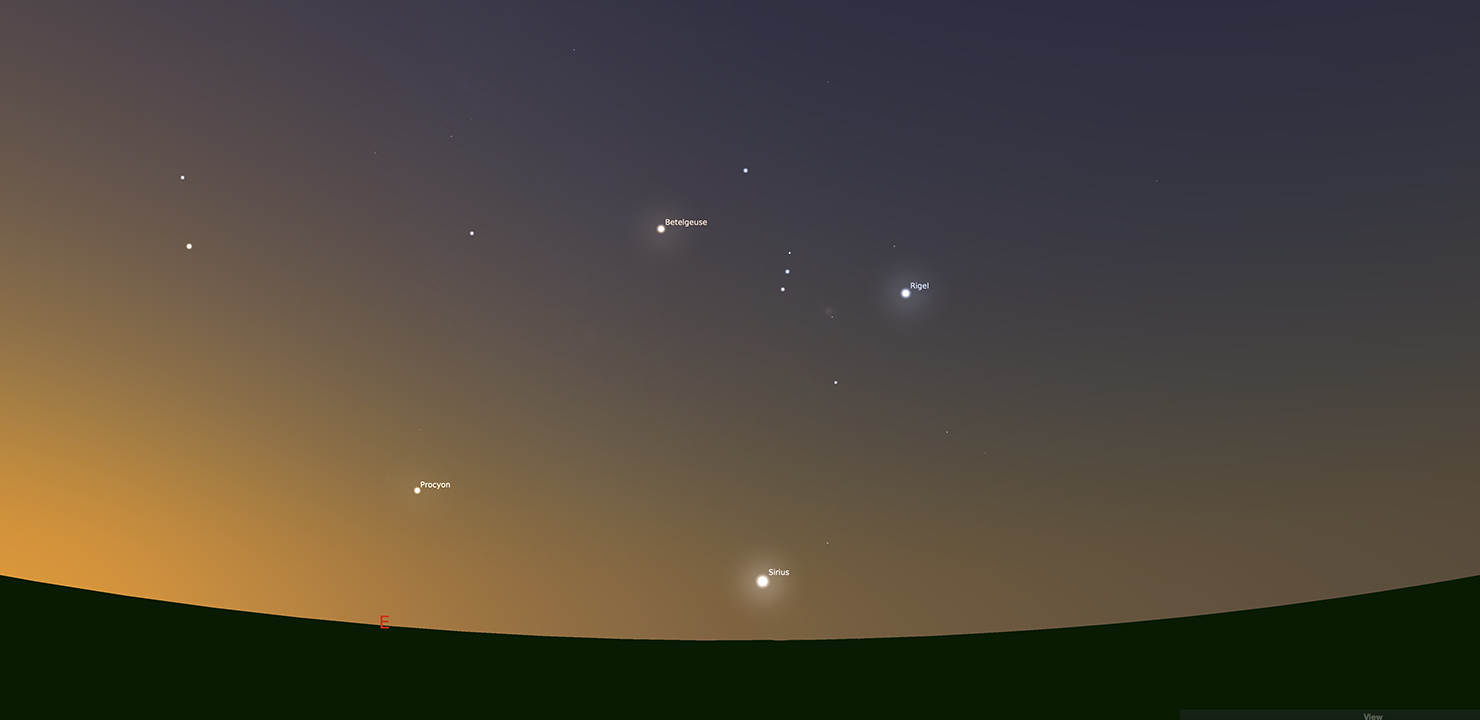
Dog Days
August 2016 :
Whenever we think of this time of year, invariably we’ll hear the term “dog days,” an apparent reference to the fact that our cute little canine companions are often lying on the floor, with their tongues hanging out, in desperate attempts to cool themselves off. Of course, the dictionary defines dog days (plural) as a “period marked by lethargy, inactivity, or indolence,” or, “the sultry part of the summer, supposed to occur during the period that Sirius, the Dog Star, rises at the same time as the sun.” Of course, neither definition is right, especially the first, as the original dog days were marked by a period of great activity, not inertia. We’ve merely forgotten because we’ve mainly lost our agrarian roots.
In the midst of the hottest time of the year, the waters from the mountaintop would run down, join up with the Nile River, creating a time for the farmers around the Nile to have an abundance of water for their crops. They just had to know when to construct canals for the water to enter their fields. Their reference was the two stars near to the Sun in the morning: Sirius and Procyon, in the constellations the dogs.
When a celestial object, normally a star or a planet, is first visible in the morning sky, because it is just far enough away from the Sun to be seen, it is in its heliacal rising. The previous day it was too close to the Sun, but now the Sun has moved just enough to the east, allowing the object to be resolved. Sirius, our brightest nighttime star, and the brightest in the constellation Canis Major, the Big Dog, has its heliacal rising just about now, which, if you haven’t noticed, is really warm.
It was also observed that another star, not as bright as Sirius, but fairly easy to see, had its heliacal rising just a couple days before Sirius; because of this, it became the indicator for Sirius to arrive, and was referred to as the star that rises “before the dog,” or Procyon. It is the brightest star in the tiny constellation Canis Minor, the Little Dog, made up, at least in our skies, of basically two stars, Procyon and Gomeisa, although it is often believed to contain at least six other stars, none of which appear brighter than 4th magnitude.
Like other sayings that have come down through the ages, dog days is another that has its origins in the sky. If any of you are able to wake early in the morning before dawn the next few days, and have a good eastern horizon, please confirm that, once again, our language does contain within it a piece of our sky.



